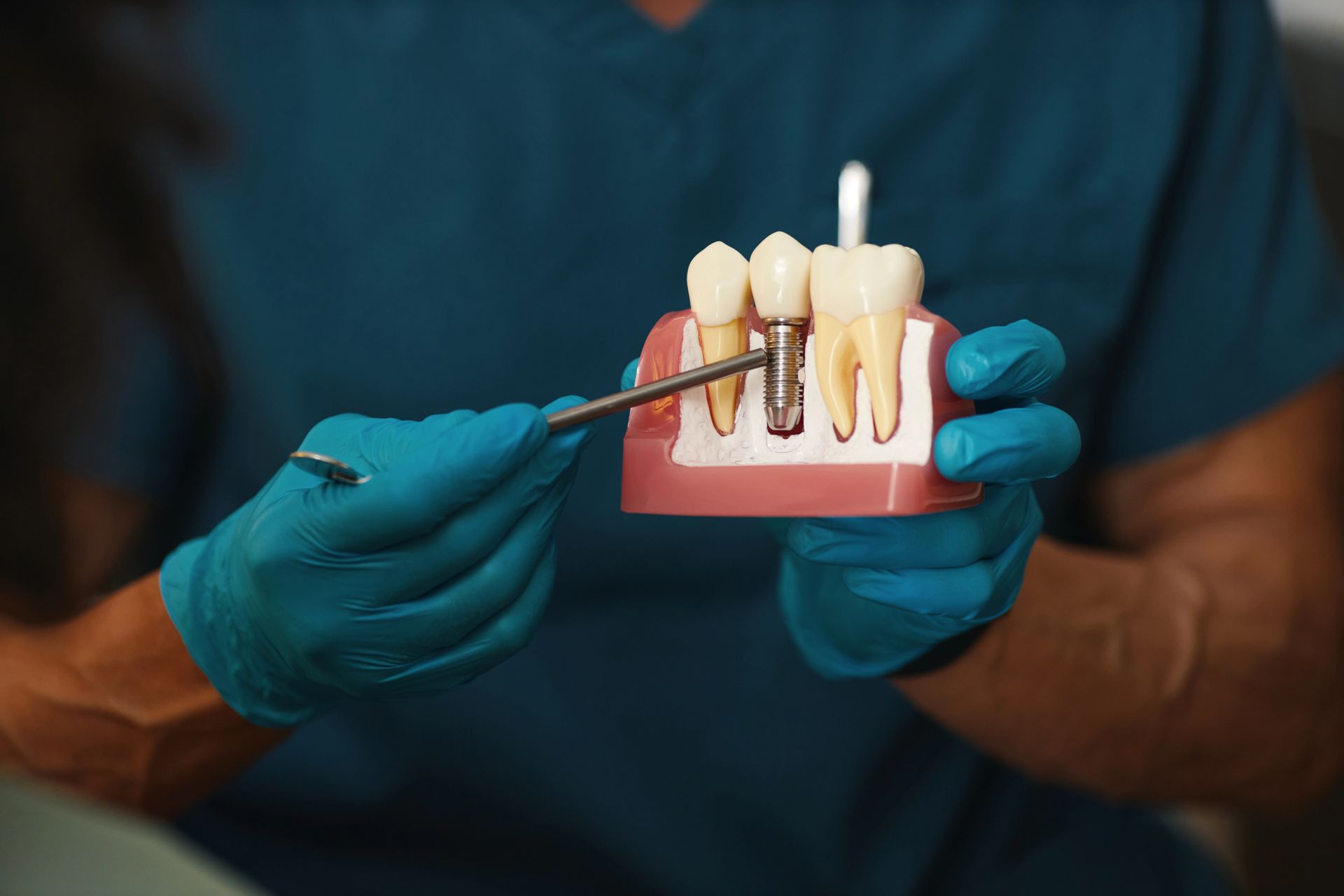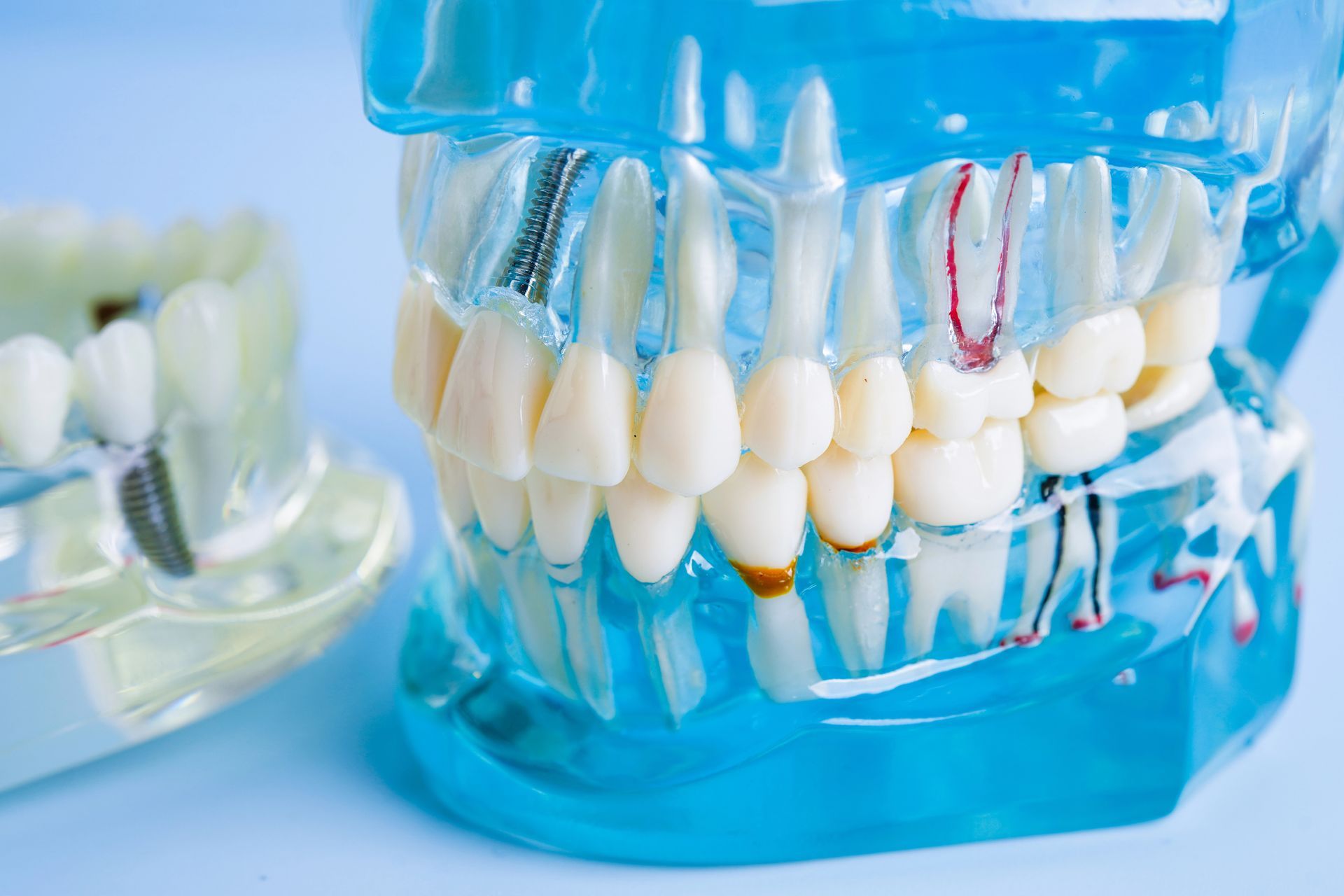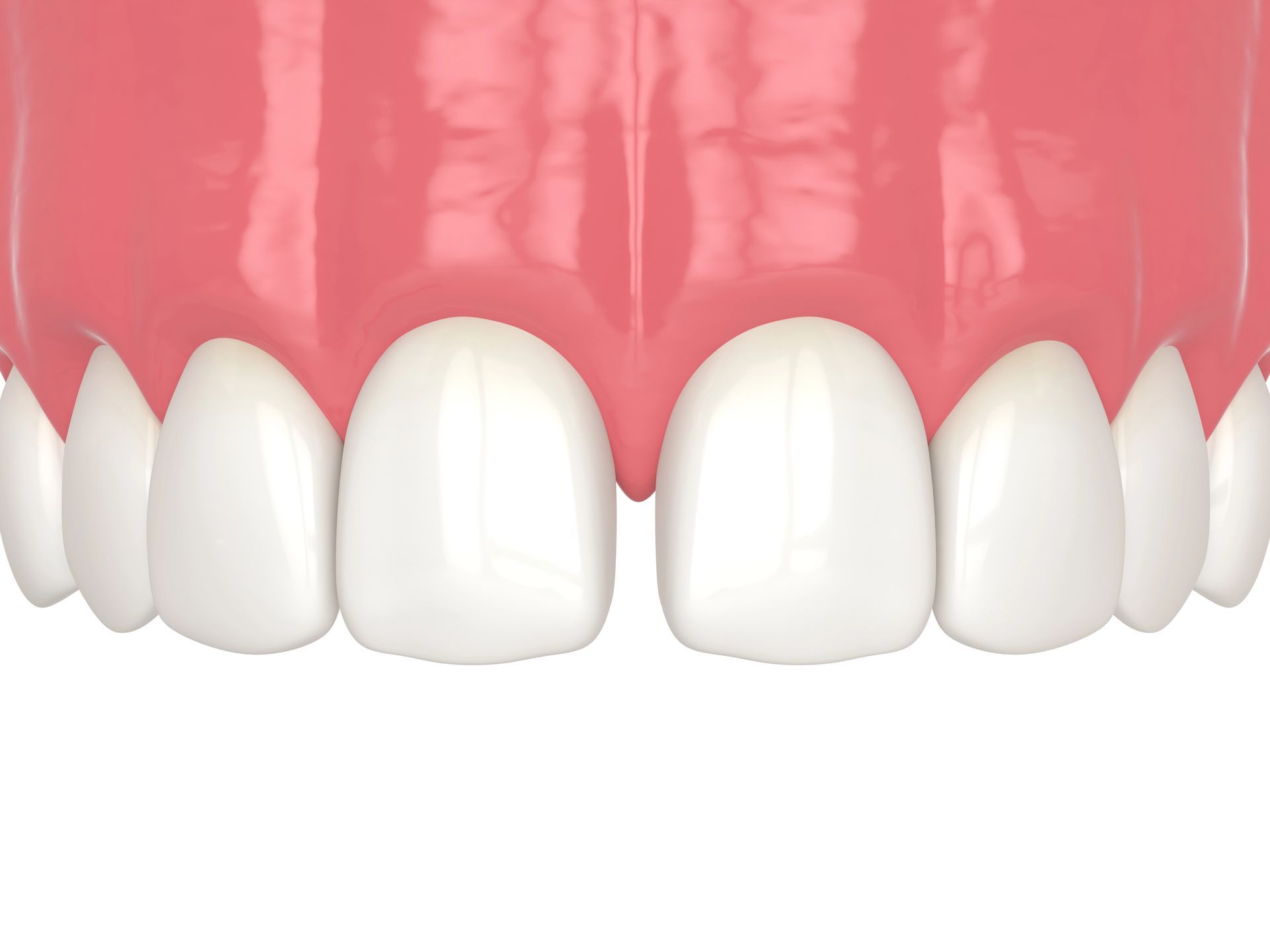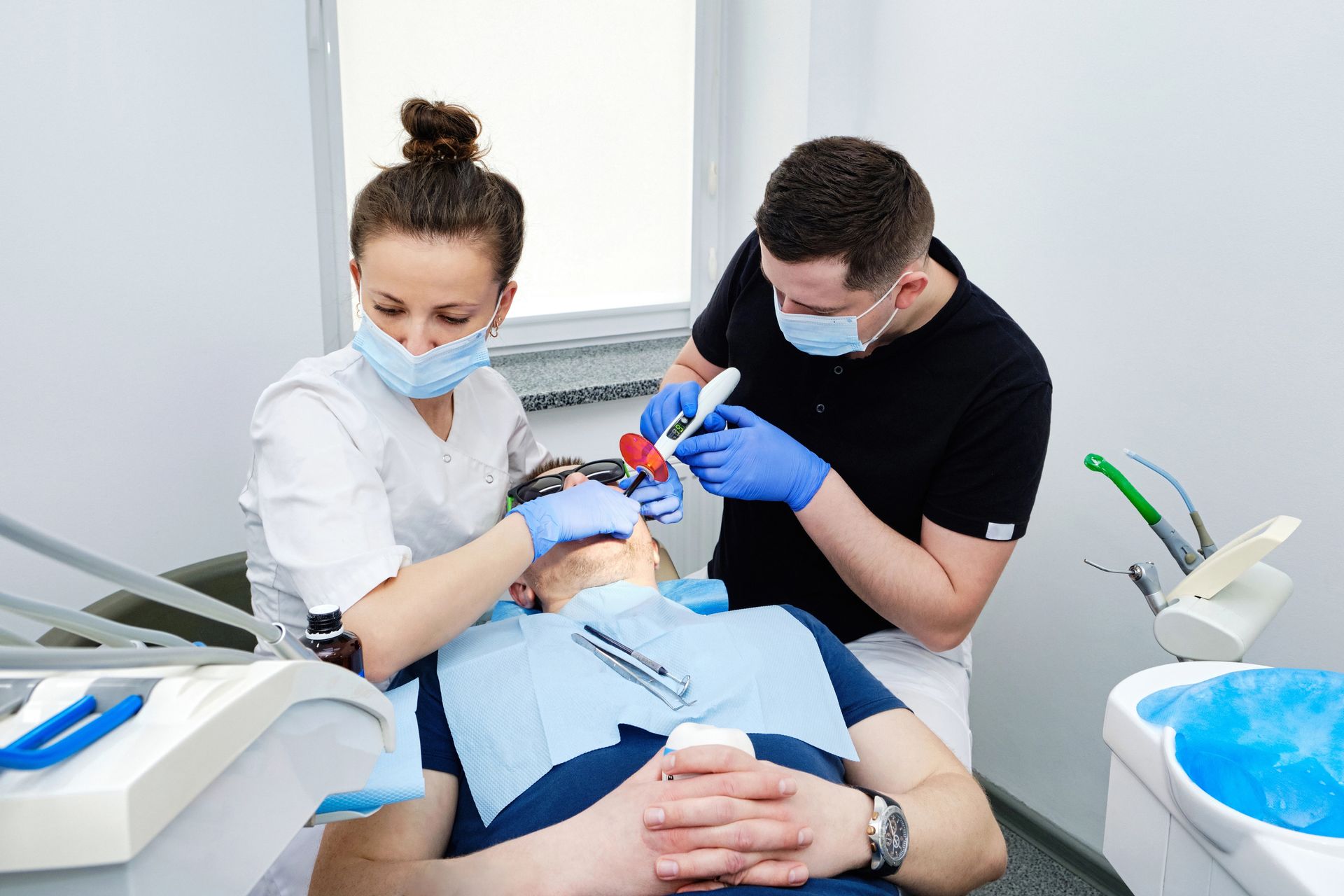Have you ever wondered how CAD/CAM technology is used to create custom dental restorations? CAD/CAM technology has revolutionized the dental industry, allowing dentists to create precise, custom-fitted restorations quickly and efficiently.
Overview of CAD/CAM Technology in Dentistry
Computer-aided design and computer-aided manufacturing (CAD/CAM) technology has revolutionized the dental industry in recent years. This technology has enabled dentists to create custom dental restorations with greater accuracy and precision. CAD/CAM technology utilizes digital scans of a patient’s mouth and a special software to design and manufacture crowns, bridges, veneers, and other dental restorations. The digital scans also allow for a better understanding of the patient’s oral anatomy, allowing dentists to create restorations that fit better and last longer.
CAD/CAM technology is particularly beneficial for seniors, as it allows dentists to create restorations that are tailored to their specific needs and oral health. For example, CAD/CAM technology can be used to create restorations that are more comfortable and easier to maintain. Additionally, it can be used to create restorations that are more durable and less likely to break. For more information on restorative dentistry for seniors, please see our article
Restorative Dentistry for Seniors: Special Considerations and Care.
Benefits of CAD/CAM for Custom Dental Restorations
CAD/CAM technology is revolutionizing the way dentists create custom dental restorations. Computer-aided design and computer-aided manufacturing (CAD/CAM) systems are used to design and fabricate restorations with a high level of precision and accuracy. The use of CAD/CAM technology in the dental industry has many advantages, including improved accuracy, reduced chair time, and improved patient comfort.
CAD/CAM technology allows dentists to create precise digital models of teeth and restorations. These models can be used to create a restoration that fits perfectly in the patient's mouth. This eliminates the need for multiple appointments and reduces the amount of chair time required for the patient. Additionally, CAD/CAM technology allows for improved accuracy and consistency in the fabrication of restorations, resulting in a more natural-looking restoration that is more comfortable for the patient.
Design Dentistry Columbia is a great example of a practice that offers CAD/CAM technology to its patients.
Challenges of CAD/CAM in Custom Dental Restorations
CAD/CAM technology has revolutionized the way custom dental restorations are designed and produced, but there are still challenges that remain. One of the biggest challenges is the accuracy of the digital impressions which can be difficult to achieve in certain cases. Additionally, CAD/CAM systems require significant investments in equipment and training, and the materials used for restorations can be costly. Despite these challenges, the advantages of CAD/CAM technology in custom dental restorations are undeniable and will continue to improve in the future.
Future of CAD/CAM in Custom Dental Restorations
The future of CAD/CAM in custom dental restorations looks bright. As the technology continues to advance, dentists are able to provide more accurate and efficient restorations for their patients. CAD/CAM also allows for faster turnaround times and more cost-effective treatments. As the technology continues to evolve, dentists will be able to provide even more precise and personalized treatments for their patients. With the advances in CAD/CAM, custom dental restorations are sure to become more accessible and reliable for patients in the years to come.
Case Studies of CAD/CAM Custom Dental Restorations
CAD/CAM custom dental restorations have been used to great success in a variety of cases. Several case studies have demonstrated the effectiveness of CAD/CAM technology in providing patients with custom dental restorations that are both aesthetically pleasing and long-lasting. In one case study, a patient received a CAD/CAM custom crown that was both comfortable to wear and aesthetically pleasing. In another case study, a patient received a CAD/CAM custom bridge that was designed to fit their mouth perfectly and provided a strong and natural-looking restoration.
Conclusion
For more information on laser dentistry and to learn how Design Dentistry Columbia can help revolutionize your dental restorations, give us a call at 803 573 4577 or check out our reviews on
Google Maps.










